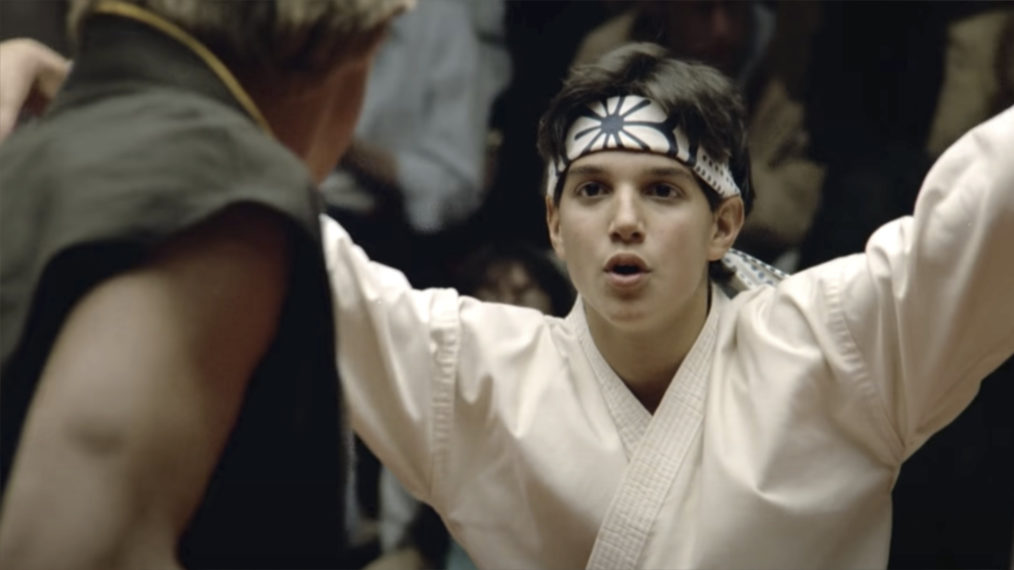
How The Karate Kid Changed the Martial Arts Movie Genre
When “The Karate Kid” was released in 1984, it was not just a film about martial arts; it was a cultural phenomenon that profoundly influenced the genre in ways that are still palpable today. Directed by John G. Avildsen, the movie is a coming-of-age story wrapped around the practice of karate. It captures the journey of Daniel LaRusso, a teenager who learns the art of karate from Mr. Miyagi, a wise and patient mentor. With its powerful messages about discipline, respect, and perseverance, “The Karate Kid” not only popularized karate but also paved the way for countless martial arts films to come, setting a new standard for storytelling in the genre.
A Shift in Representation
Prior to “The Karate Kid,” martial arts films often focused solely on action and combat, showcasing heroes who were typically skilled fighters seeking revenge or redemption. However, this film shifted that narrative by incorporating elements of personal growth and mentorship. Daniel's journey is not just about physical training but also about emotional and psychological growth, making the film relatable to a broader audience. Mr. Miyagi’s unique teaching methods, characterized by the famous “wax-on, wax-off” technique, demonstrate the importance of patience and practice, themes that resonate with anyone experiencing challenges in their lives. This nuanced portrayal helped to humanize martial arts, moving away from the simplistic hero-villain dichotomy common in earlier films.
The Legacy of Karate in Pop Culture
The impact of “The Karate Kid” extended beyond the box office, influencing pop culture in various ways. The film’s iconic scenes and quotes have seeped into popular consciousness, making phrases like “You’re the best around” synonymous with overcoming adversity. Its success led to sequels, reboots, and even an animated series, which contributed to an ever-expanding universe centered around its core themes. Furthermore, the film sparked a surge of interest in martial arts, with karate classes experiencing a boom as kids sought to emulate Daniel’s journey. The genre also began to embrace a more diverse range of martial arts styles, acknowledging that stories about discipline and self-improvement can be told through different lenses.
Emergence of Merchandise and Community
In addition to its cinematic success, “The Karate Kid” opened up new avenues for merchandise and community engagement. The film’s official merchandise includes everything from training gear to apparel that fans use to express their love for the iconic story. “The Karate Kid Official Merch” not only serves as a reminder of the film's legacy but also creates a sense of belonging among fans. Wearing a “Karate Kid” t-shirt or owning a piece of memorabilia allows individuals to connect to the principles of martial arts championed in the movie— hard work, dedication, and respect. The community that has grown around the film promotes activities and events that celebrate martial arts while encouraging newcomers to explore the discipline.
Conclusion: A Lasting Influence
Ultimately, “The Karate Kid” transformed the martial arts movie genre by blending action with deeper storytelling. Its focus on personal growth and mentorship resonated with audiences across generations, making it a beloved classic. The film’s legacy continues to inspire new films and series in the genre, encouraging filmmakers to explore nuanced narratives that highlight the virtues of martial arts beyond mere fighting. As we reflect on the impact of “The Karate Kid,” it's clear that its influence goes far beyond the dojo, leaving an indelible mark on cinema, culture, and martial arts communities around the world. Whether you're a longstanding fan or a newcomer, the lessons of “The Karate Kid” remain relevant, inviting us all to embrace the journey of self-discovery and resilience.
